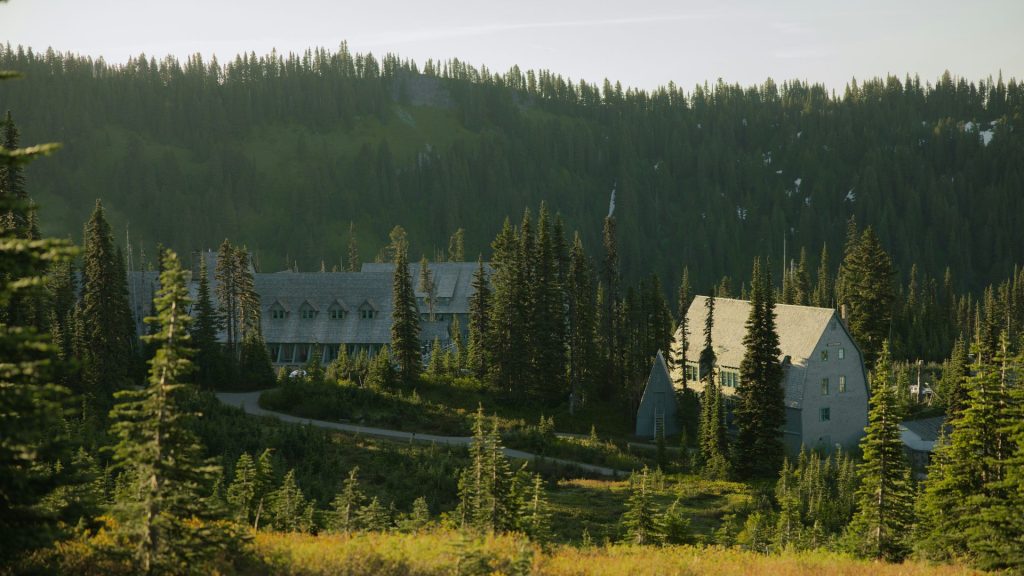
What the SODO Rezoning Debate Means for Seattle's Future
Seattle’s growth story is one of constant evolution — from a port town to a tech powerhouse, and now, a city grappling with how best to accommodate its rapid rise in population and housing demand. A recent rezoning decision near the SODO stadiums has sparked a major debate that sits at the heart of this evolution: How do we make room for more housing while protecting the city’s industrial backbone?
🚧 A New Zoning Plan Meets Resistance
Last month, the Seattle City Council approved a plan to rezone parts of the SODO neighborhood, just steps from Lumen Field and T-Mobile Park. The plan clears the way for up to 990 new homes — with half reserved for affordable housing — in an area traditionally set aside for industrial use.
For housing advocates and city officials, the move is a bold response to Seattle’s persistent housing shortage. Supporters, including Council President Sara Nelson, argue that the plan creates badly needed residential options while still preserving space for light industrial activity.
But not everyone is on board.
⚓ The Port of Seattle Pushes Back
The Port of Seattle has filed a legal challenge in an effort to halt the rezoning, citing serious concerns about the potential impact on port operations and the region’s economy. Their core argument? Housing and heavy industry don’t mix easily — and placing new residents near a working port could create long-term logistical and legal headaches.
The Port warns that adding housing to the area could disrupt critical freight corridors and limit access for trucks and shipping activity. Even with the city’s revisions — such as excluding housing from areas closest to major truck routes — the Port believes the changes don’t go far enough.
Their petition calls for a deeper review before any development moves forward, with the current implementation deadline set for June 30.
⚖️ A Broader Balancing Act
This dispute highlights an ongoing challenge for Seattle: finding the right balance between growth and preservation. Industrial lands support thousands of jobs and play a vital role in trade, logistics, and manufacturing. But as the demand for urban housing intensifies, underutilized land near transit, stadiums, and downtown amenities looks increasingly attractive for development.
The outcome of this legal challenge could have far-reaching implications — not just for SODO, but for how Seattle approaches mixed-use zoning, urban density, and land-use policy in years to come.
🏙️ What It Means for Real Estate in Seattle
For real estate investors, developers, and homebuyers, the SODO rezoning battle is one to watch. If the plan moves forward, it could unlock a new pocket of opportunity in a highly central — and currently underdeveloped — part of the city. Proximity to light rail, stadiums, and downtown makes SODO a prime candidate for thoughtfully planned urban living.
However, this case also underscores the complexities of urban development in Seattle. Zoning, infrastructure, and community impact all play key roles in shaping what’s possible — and what’s sustainable — in any neighborhood.
Whether you’re looking to invest, develop, or simply stay informed, understanding the intersections of policy and property is more important than ever.
Want expert guidance as Seattle’s urban landscape continues to evolve? Connect with our team for the latest market insights and opportunities tailored to your goals.
This post was based on information found on Puget Sound Business Journal.






